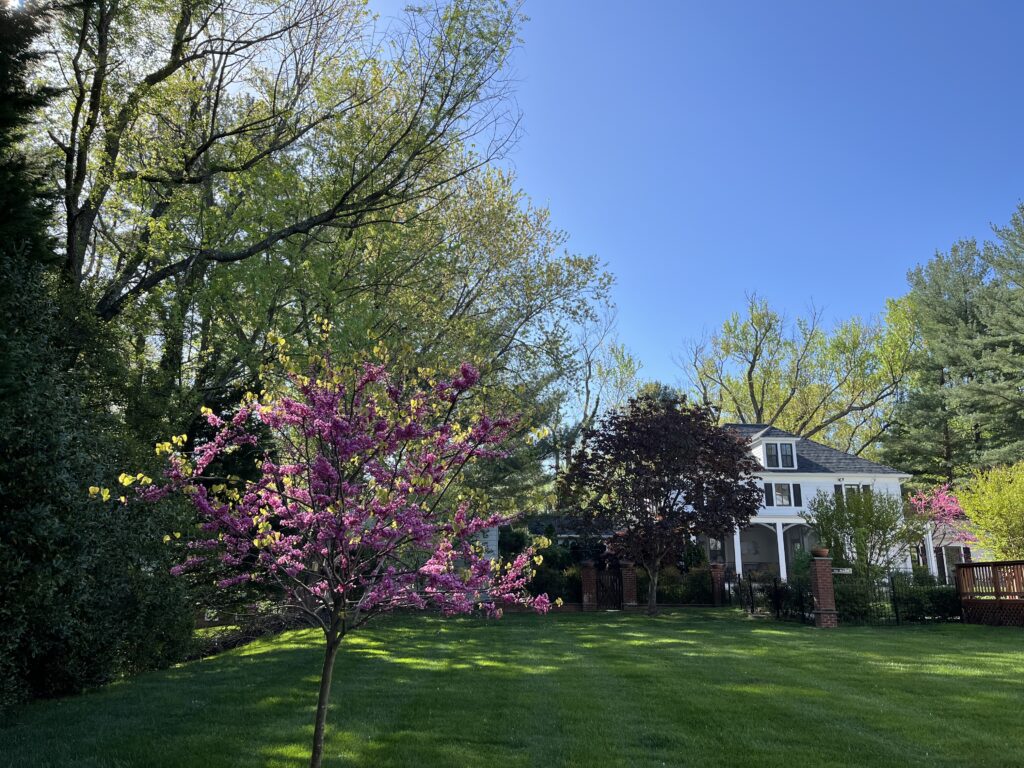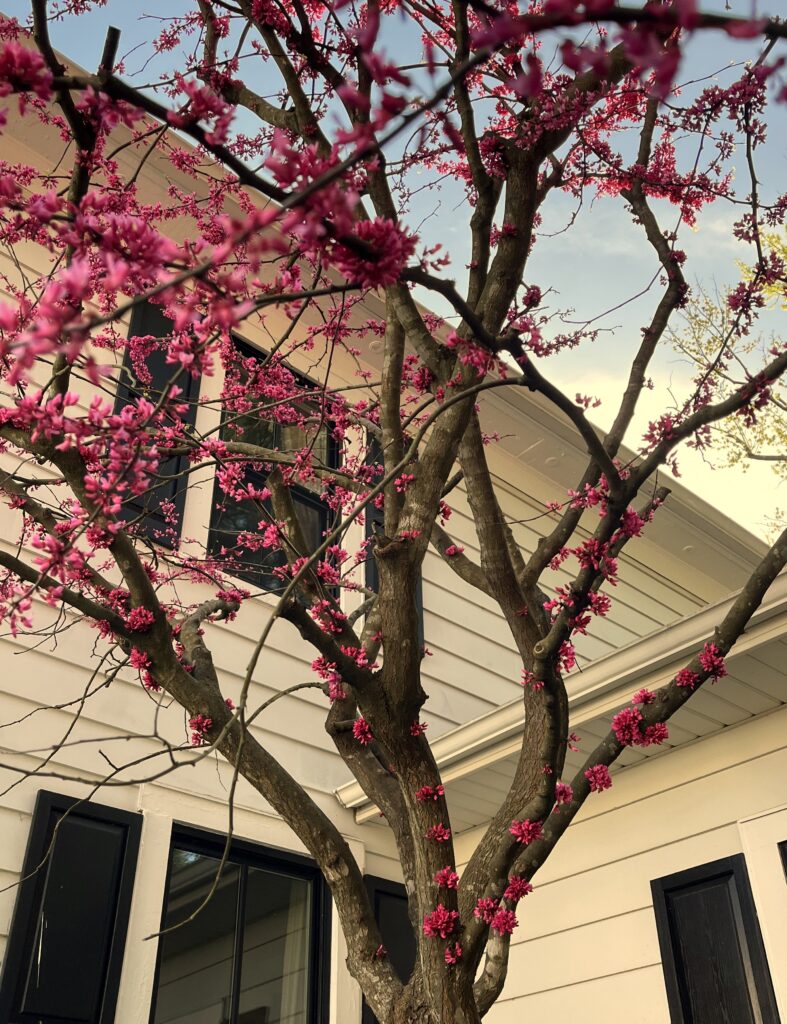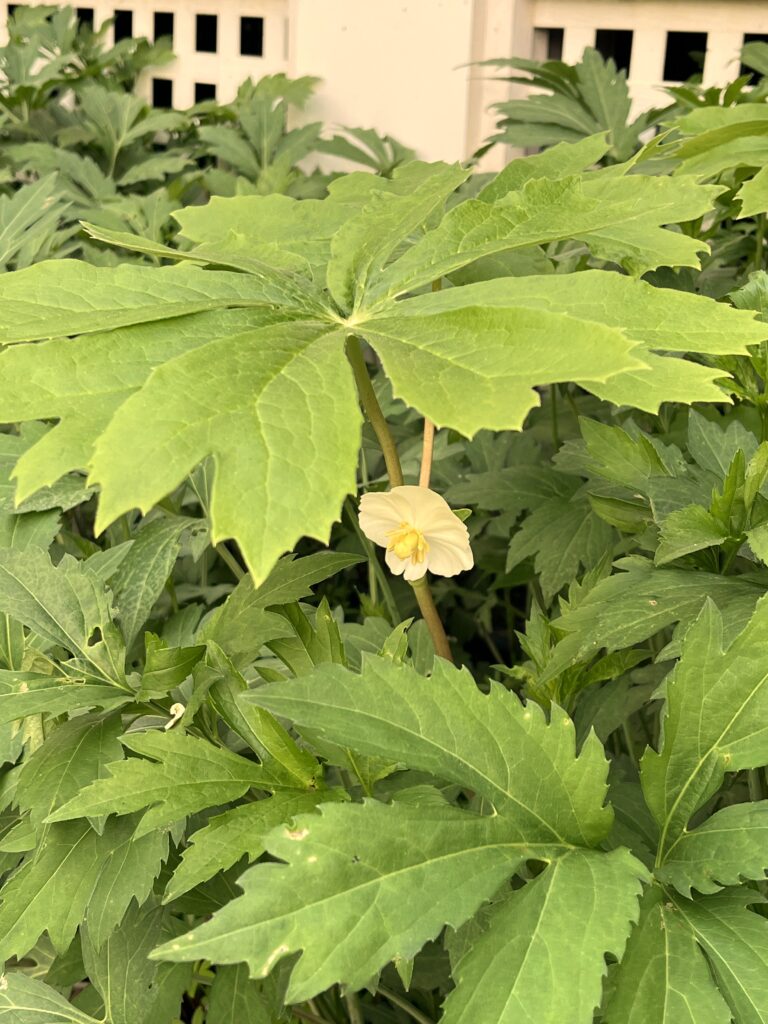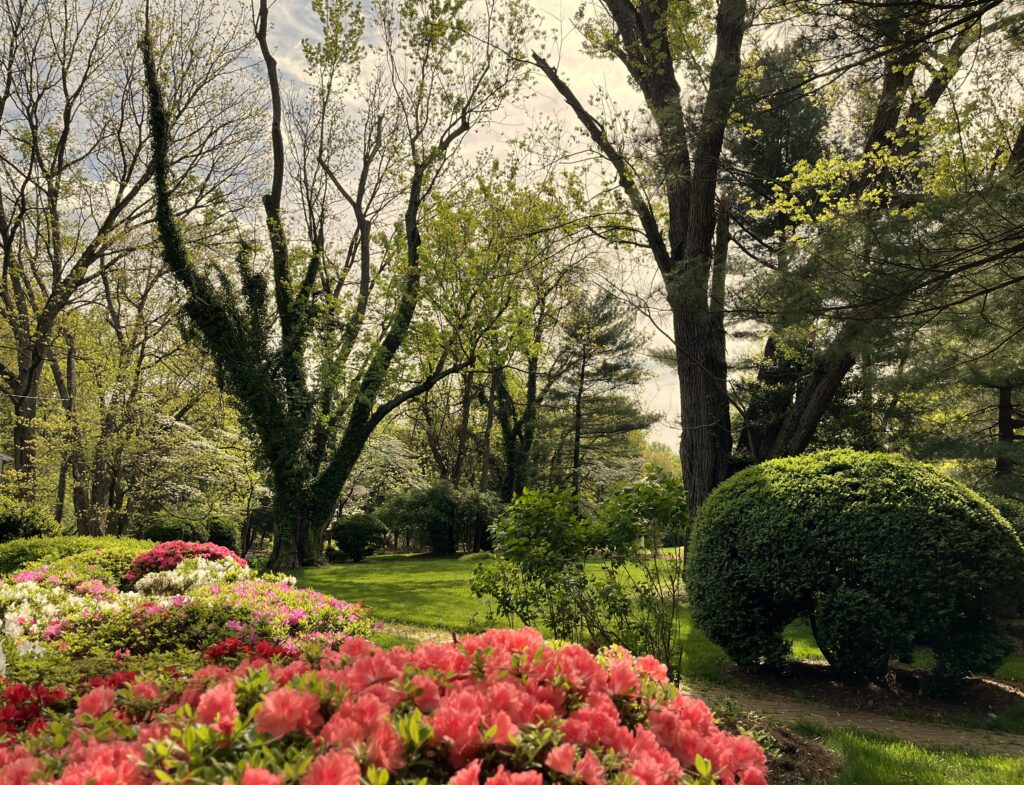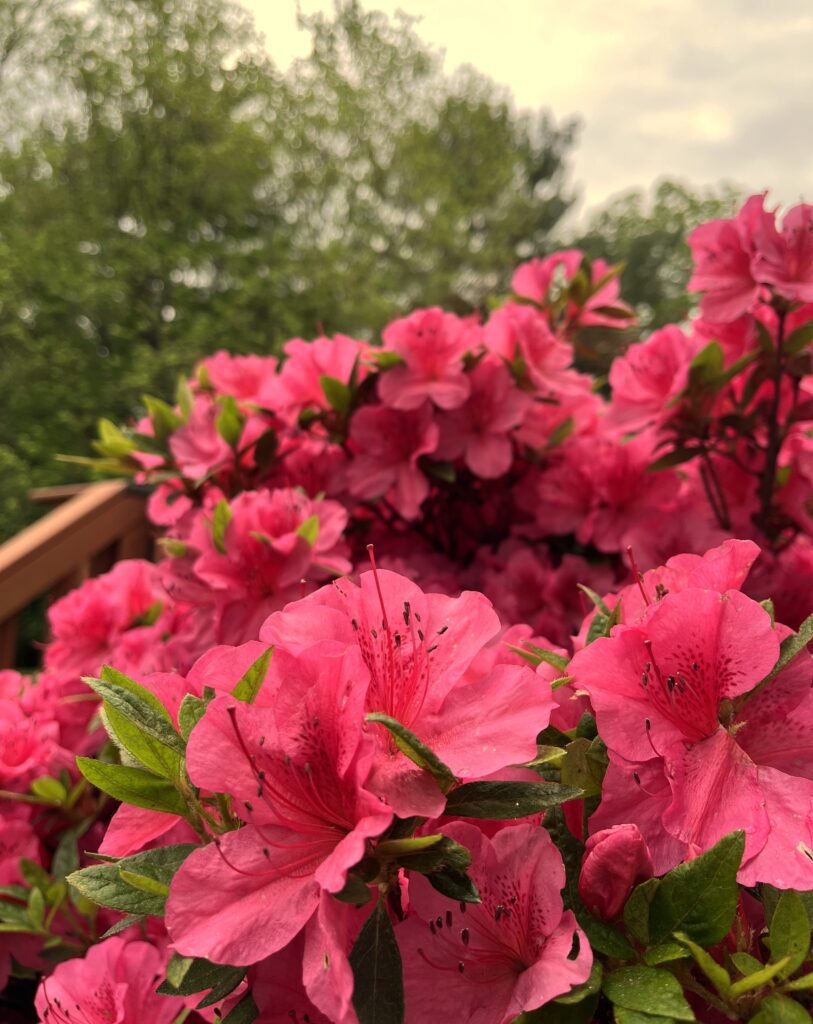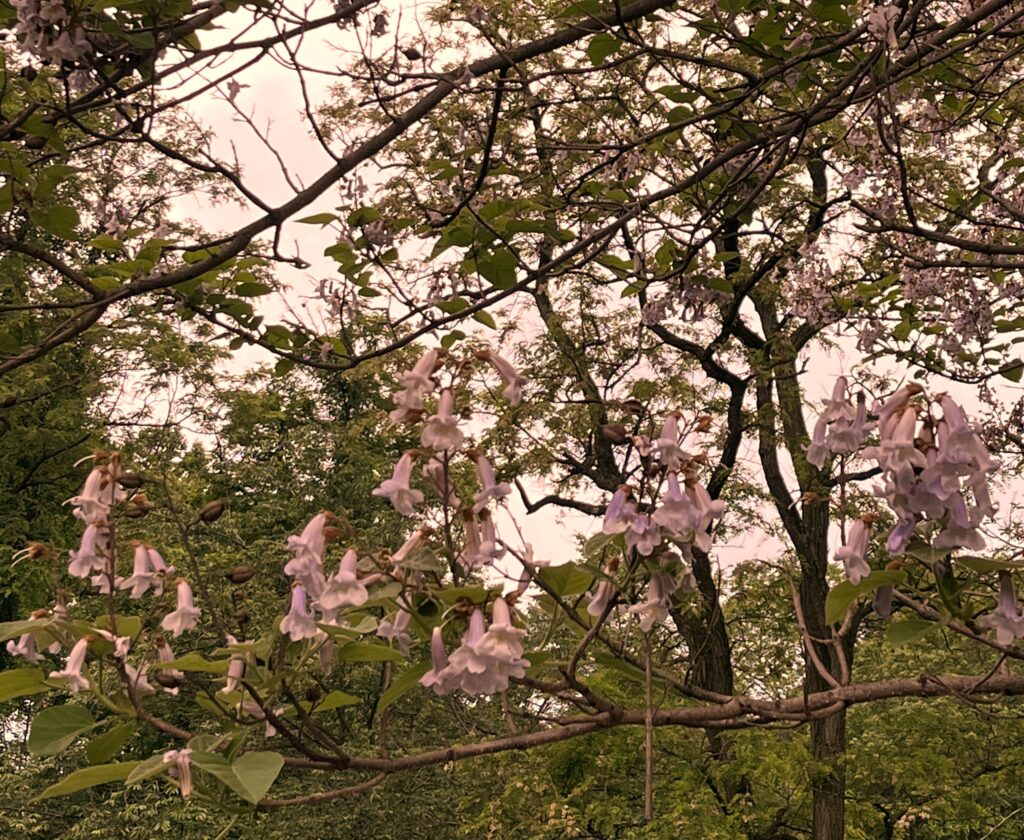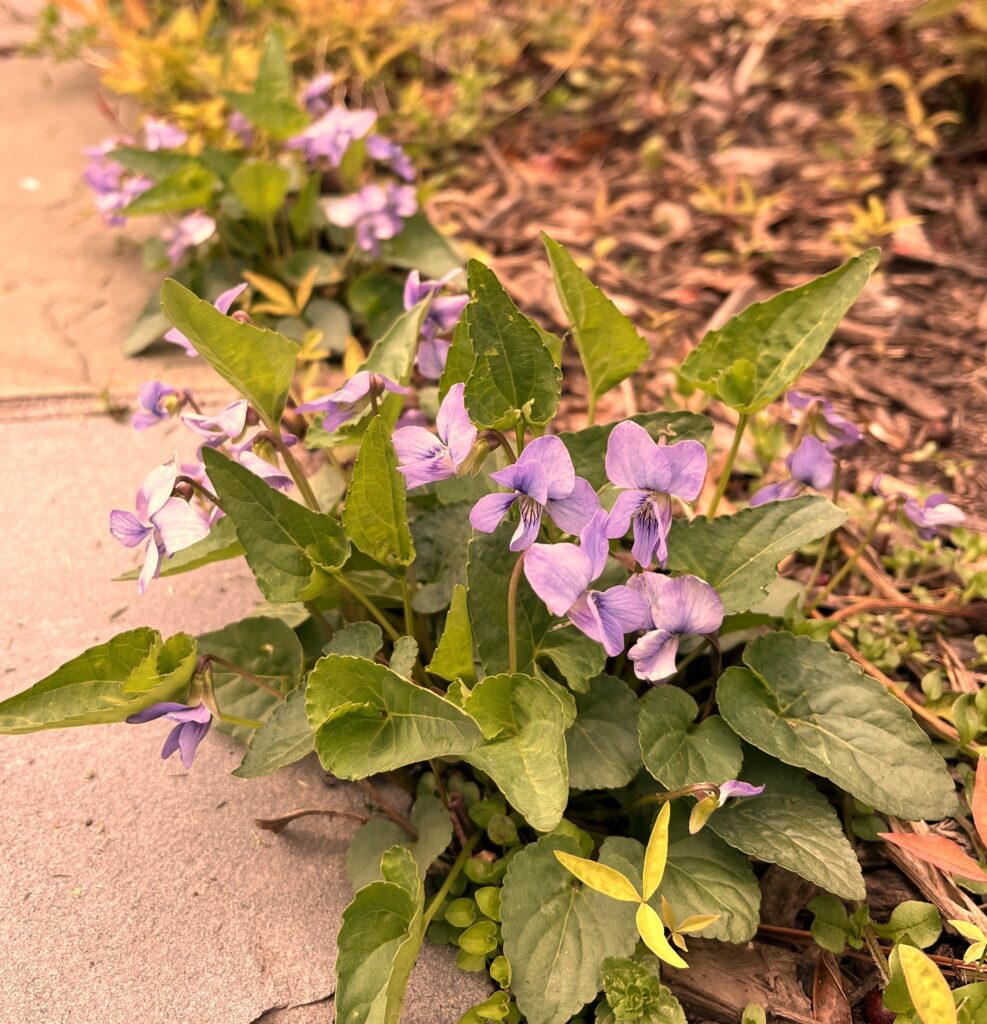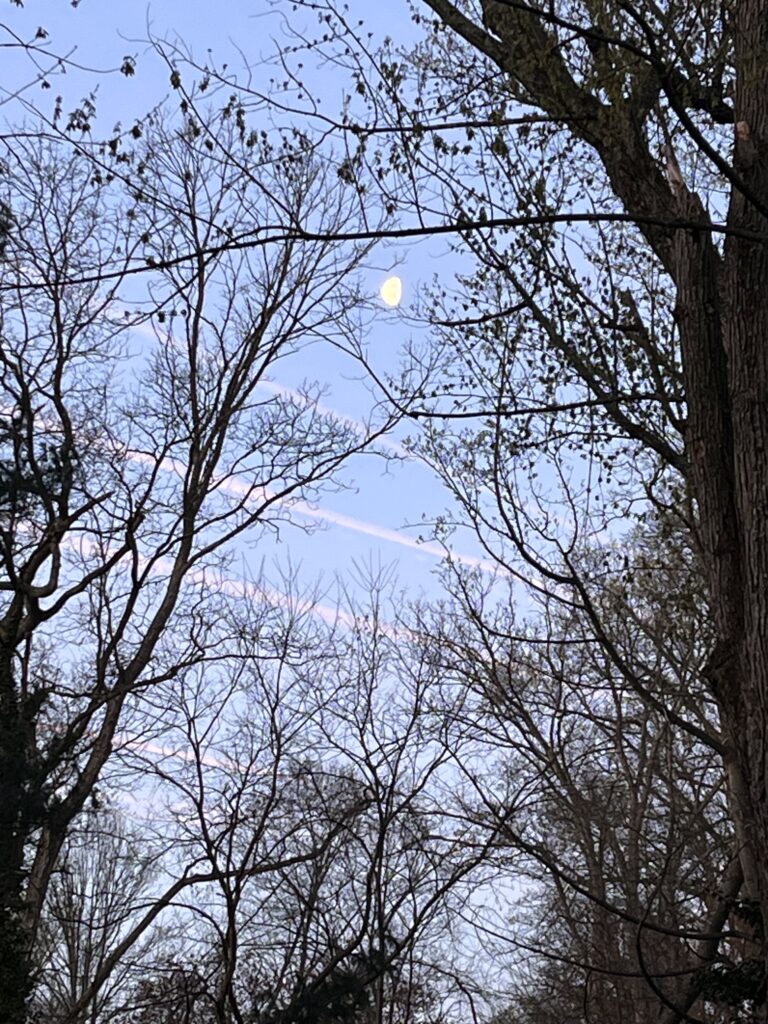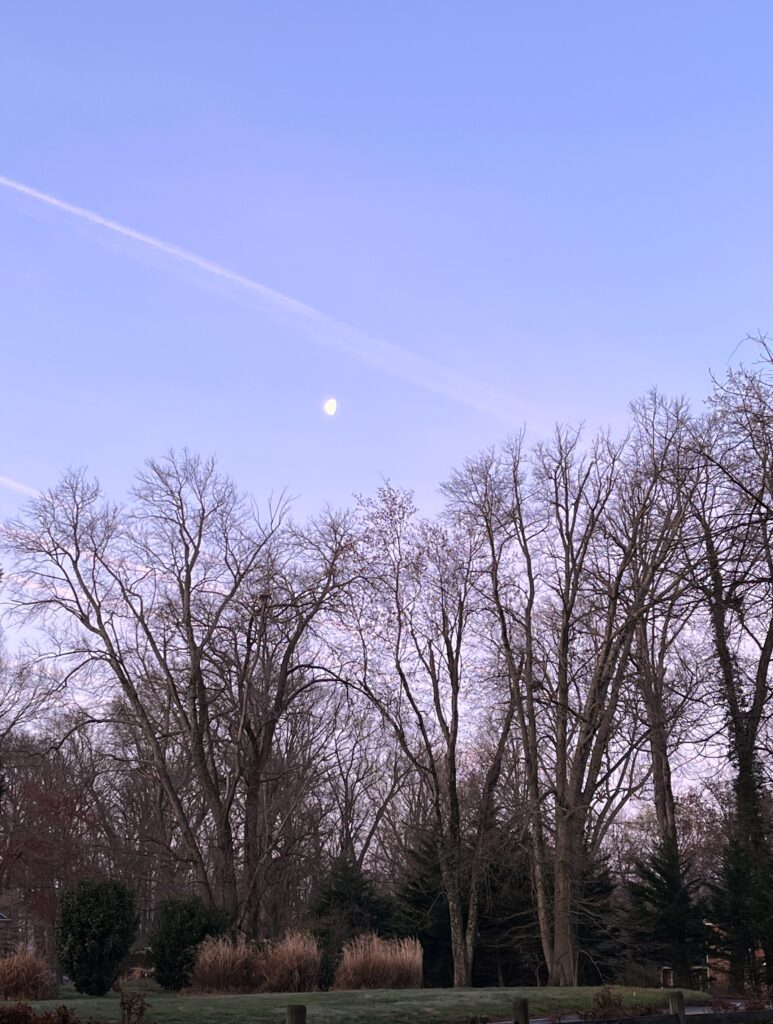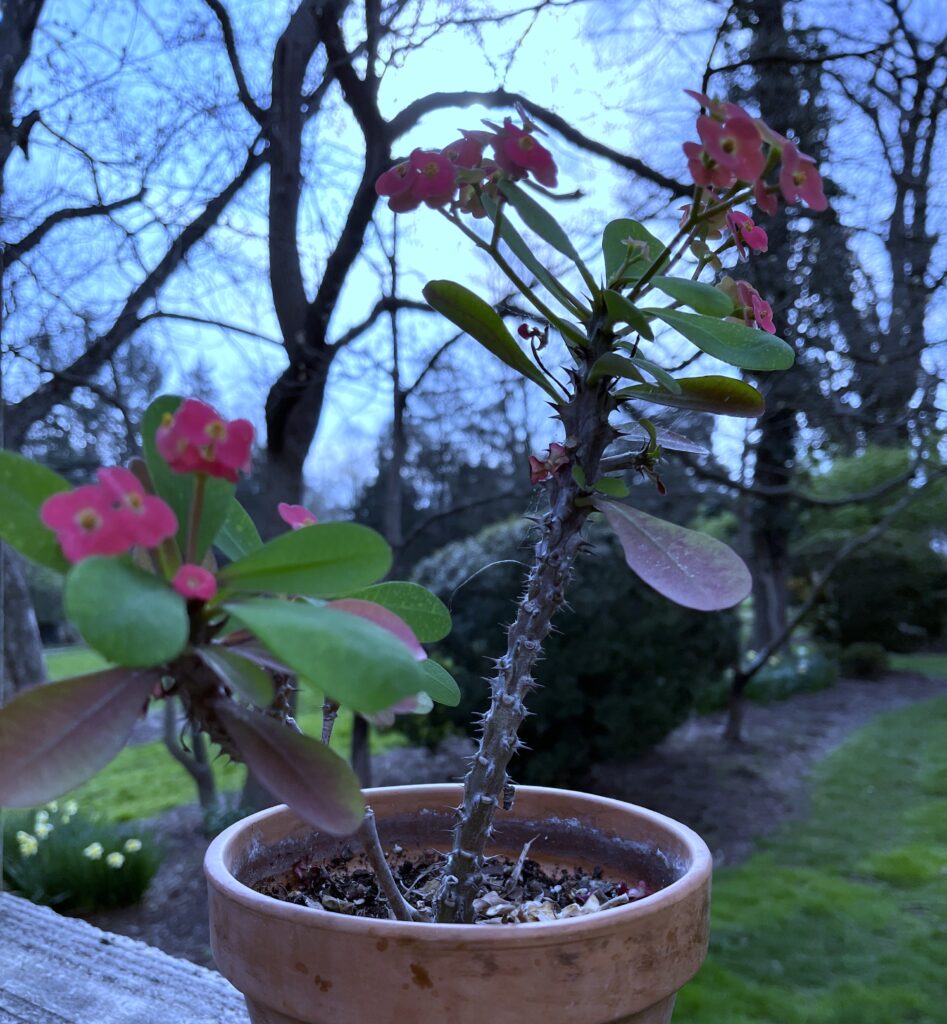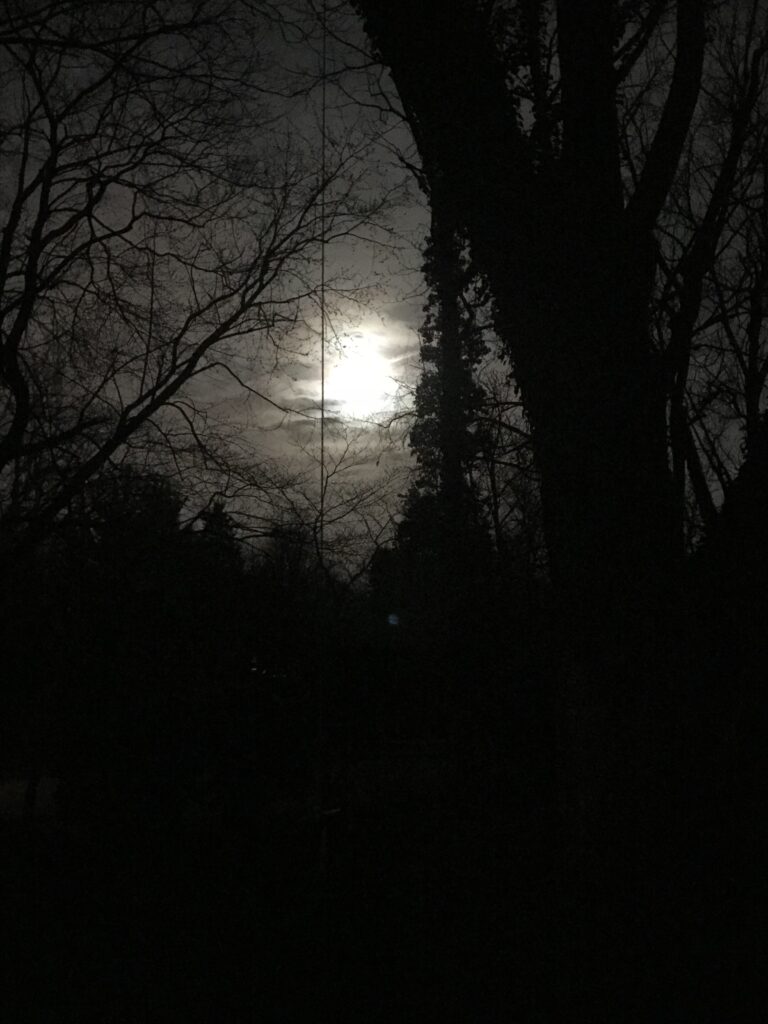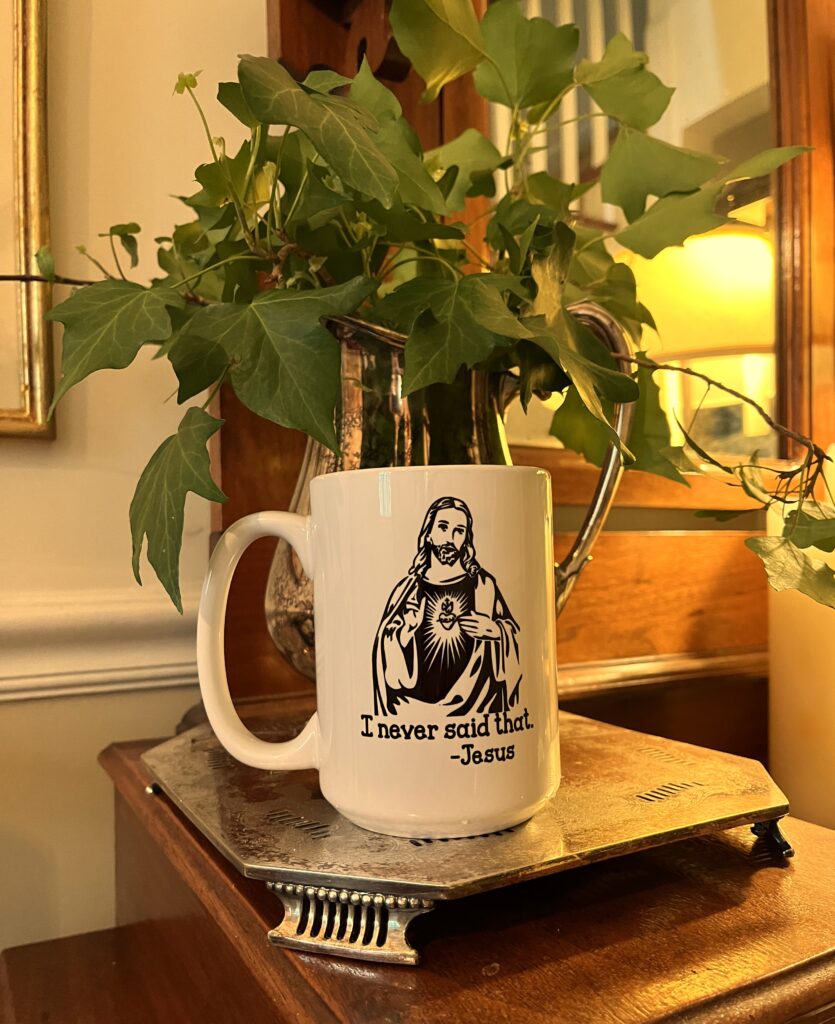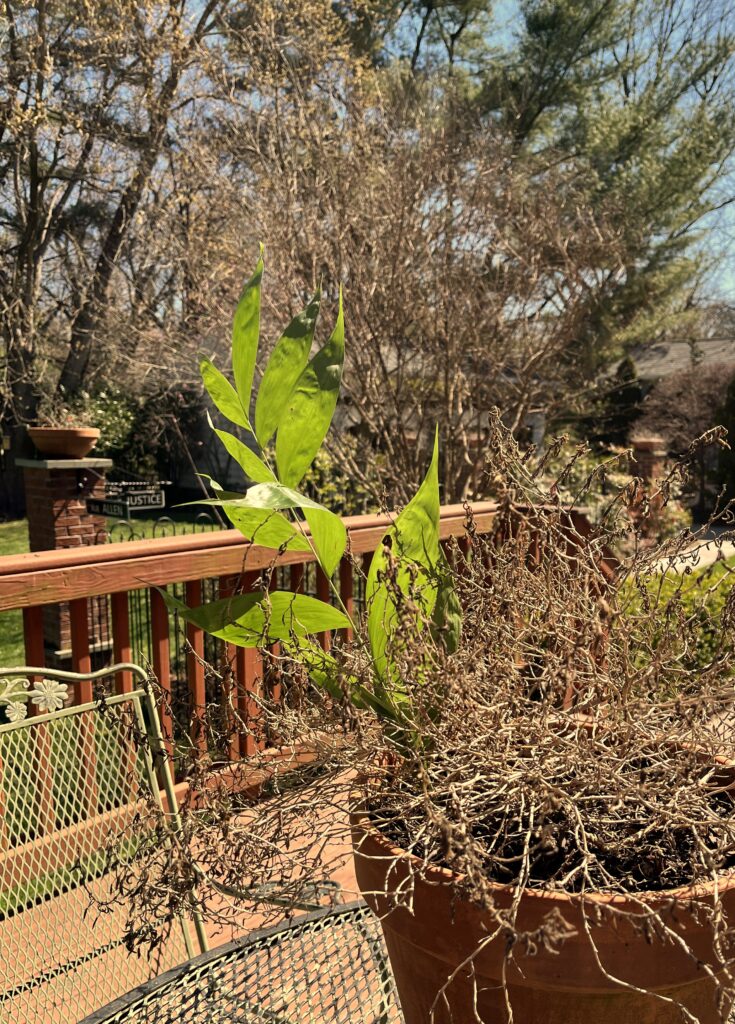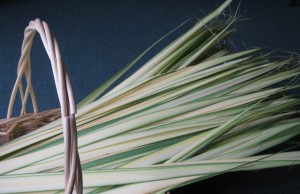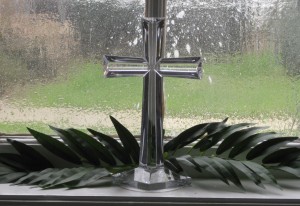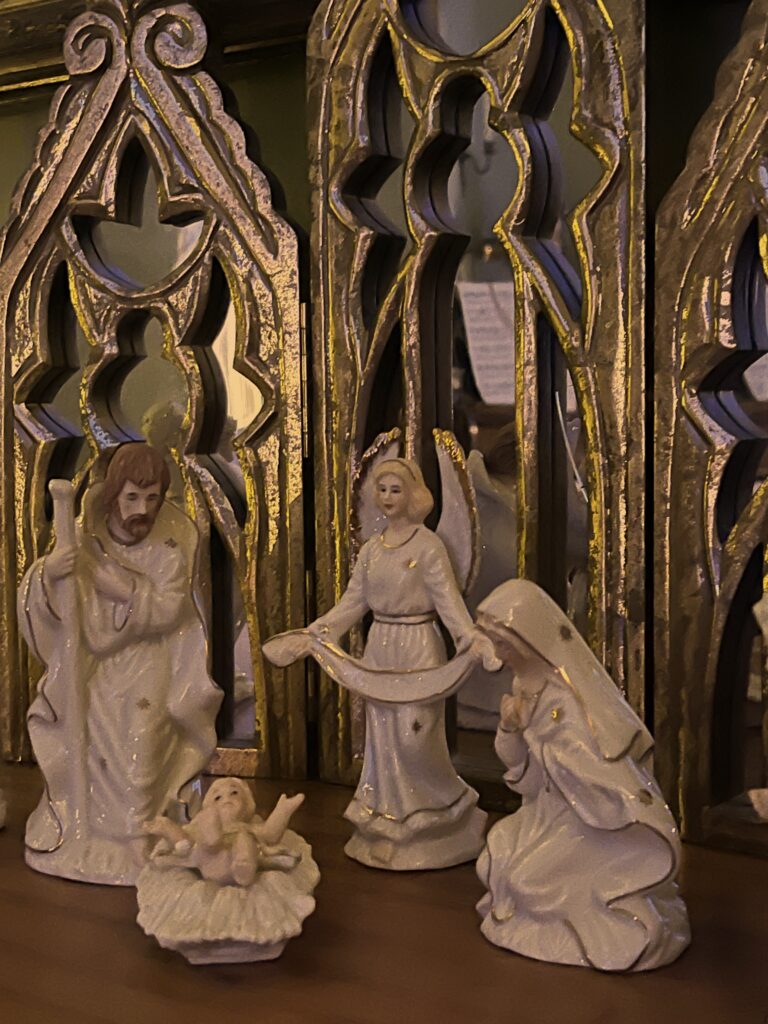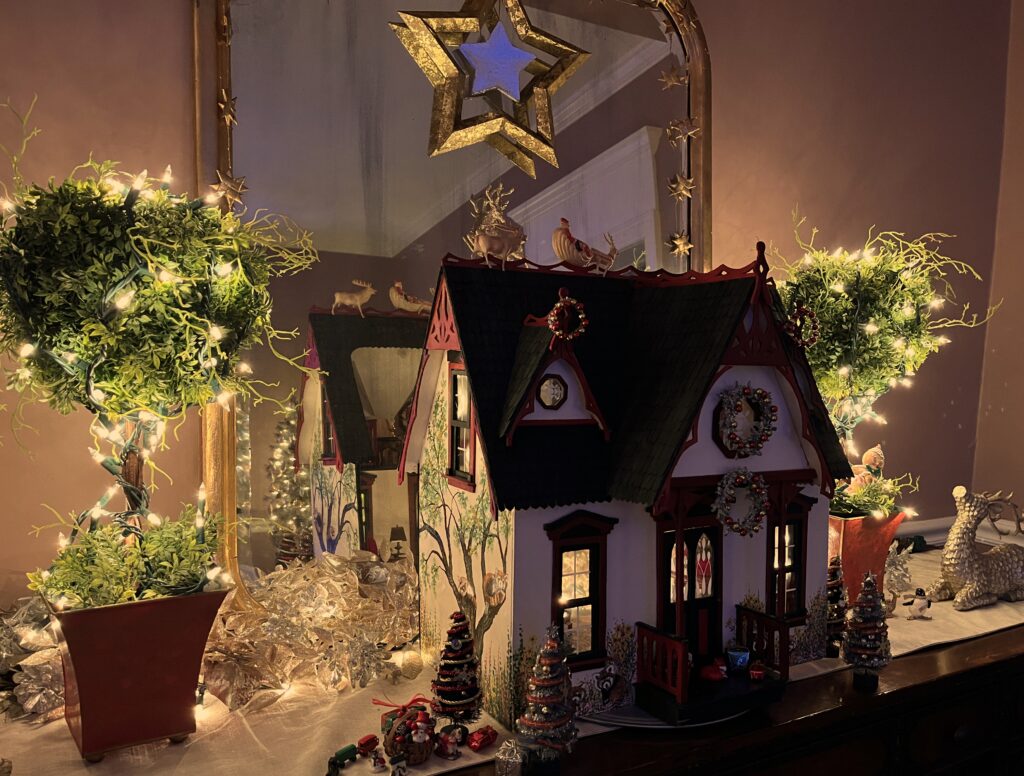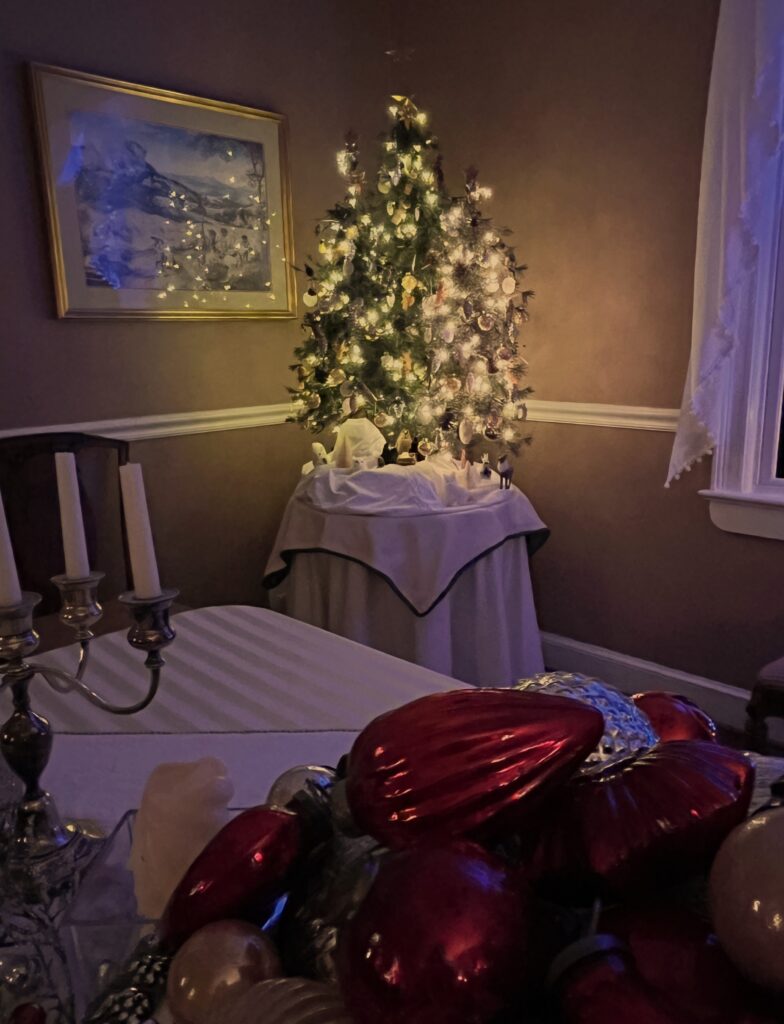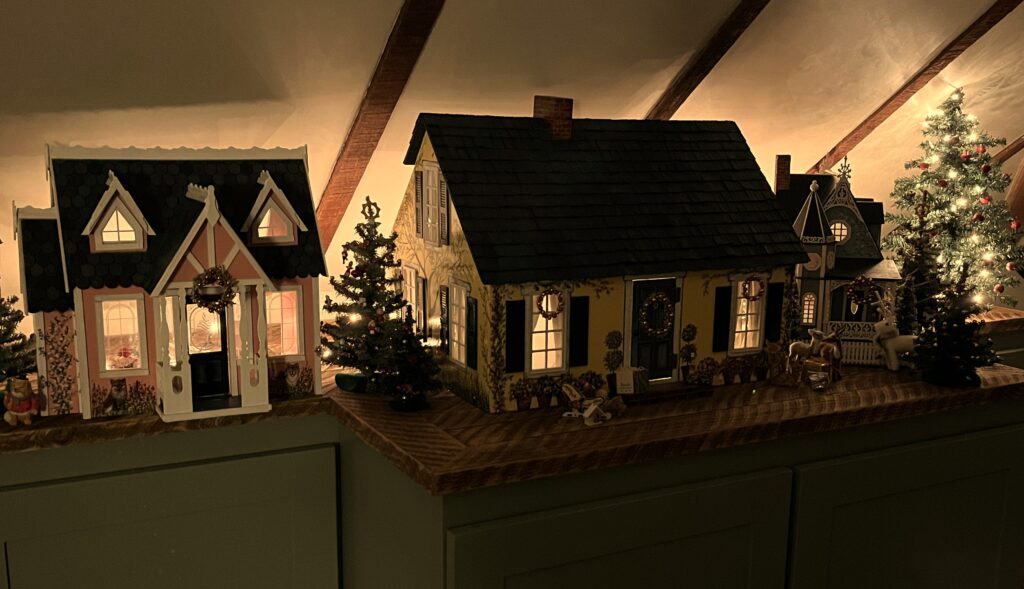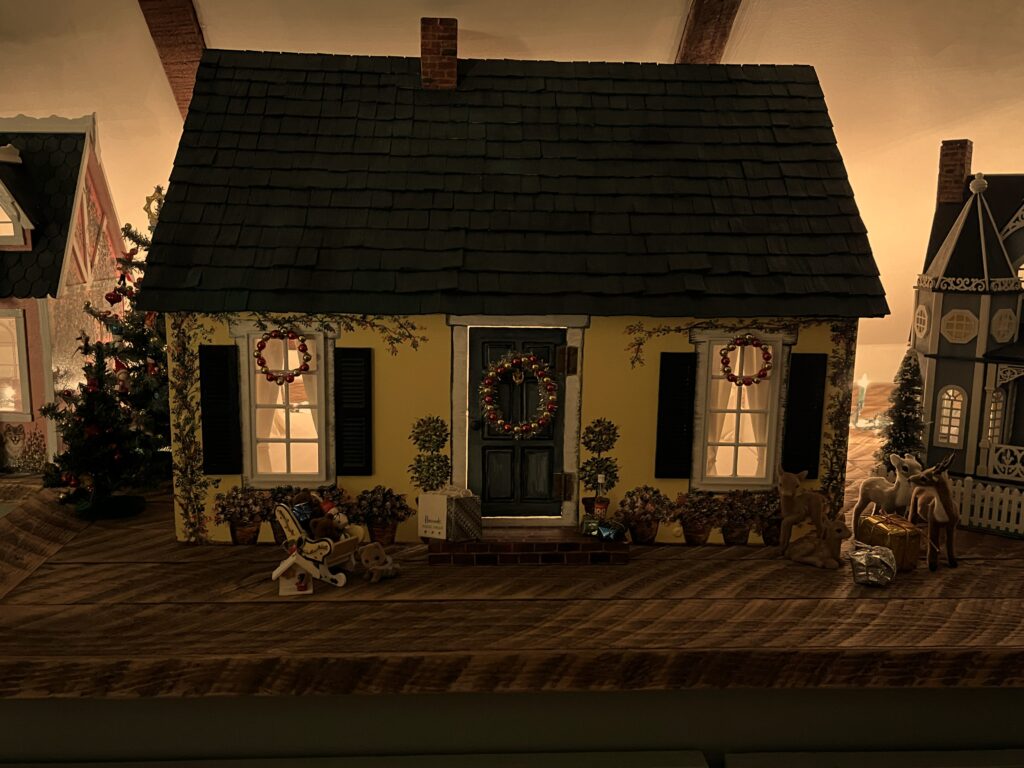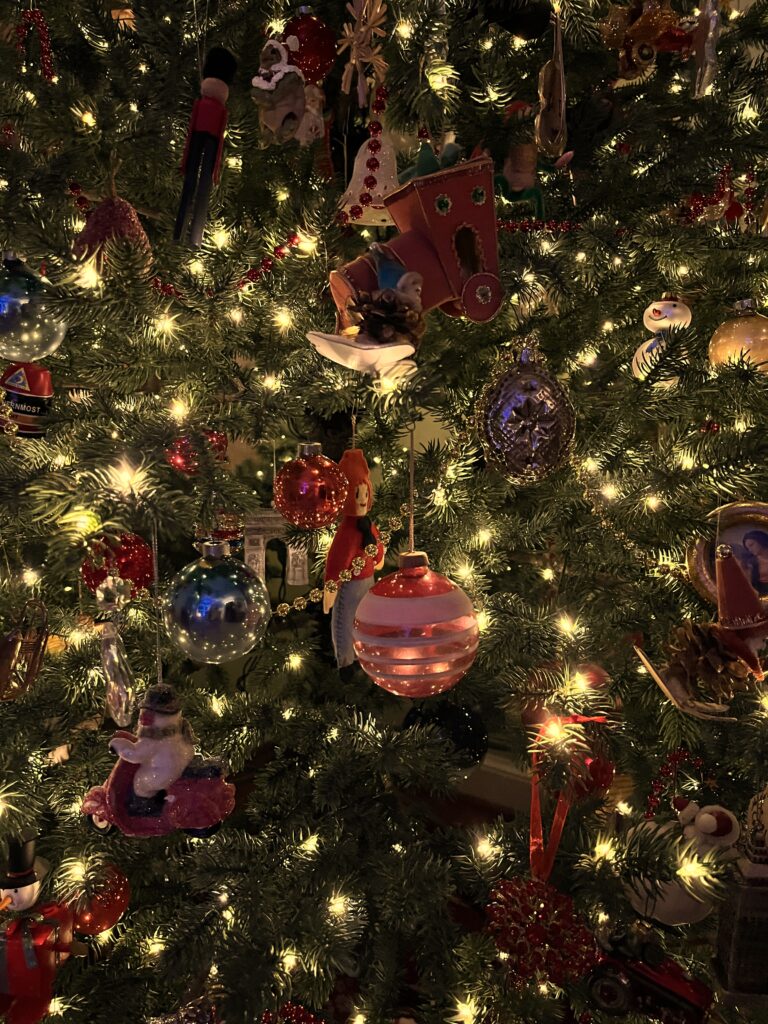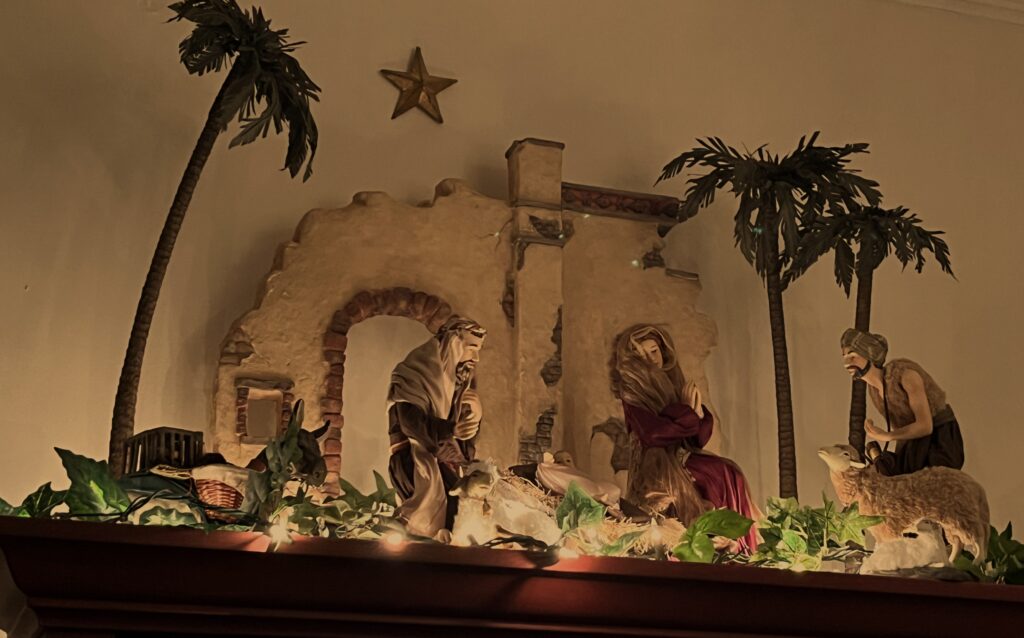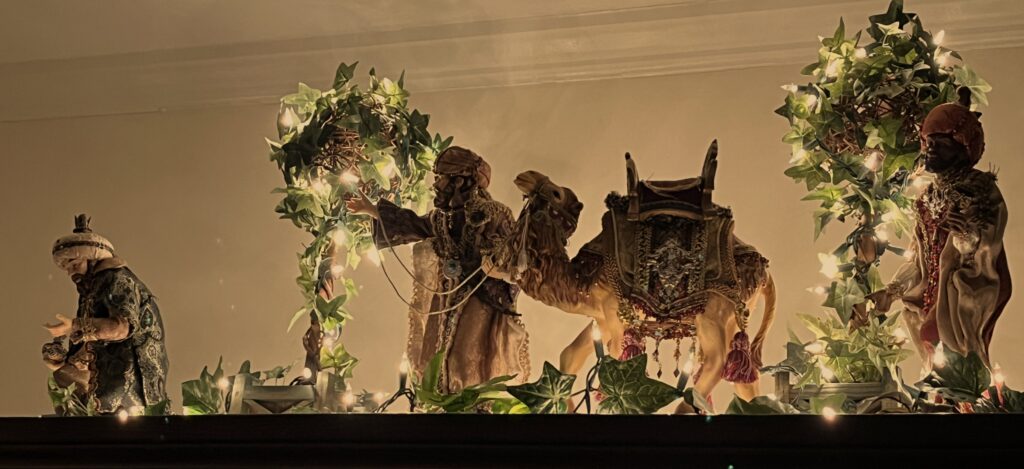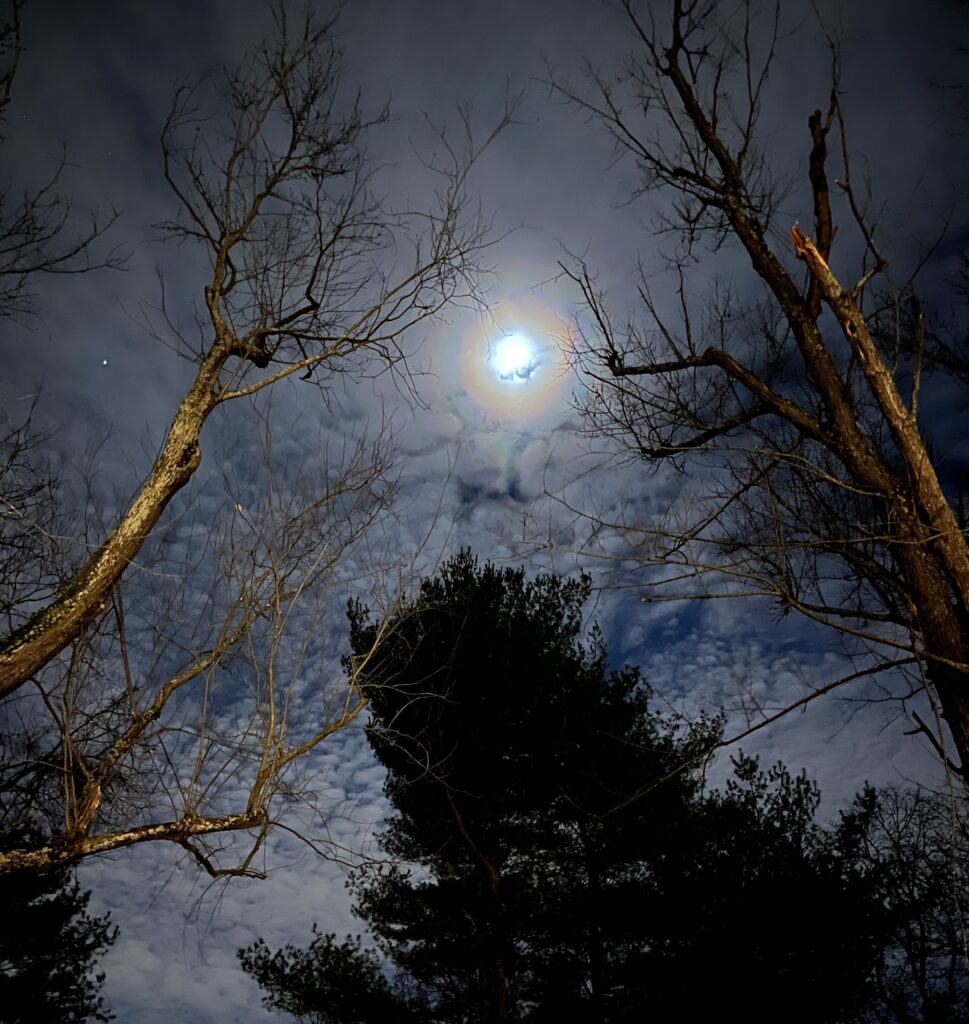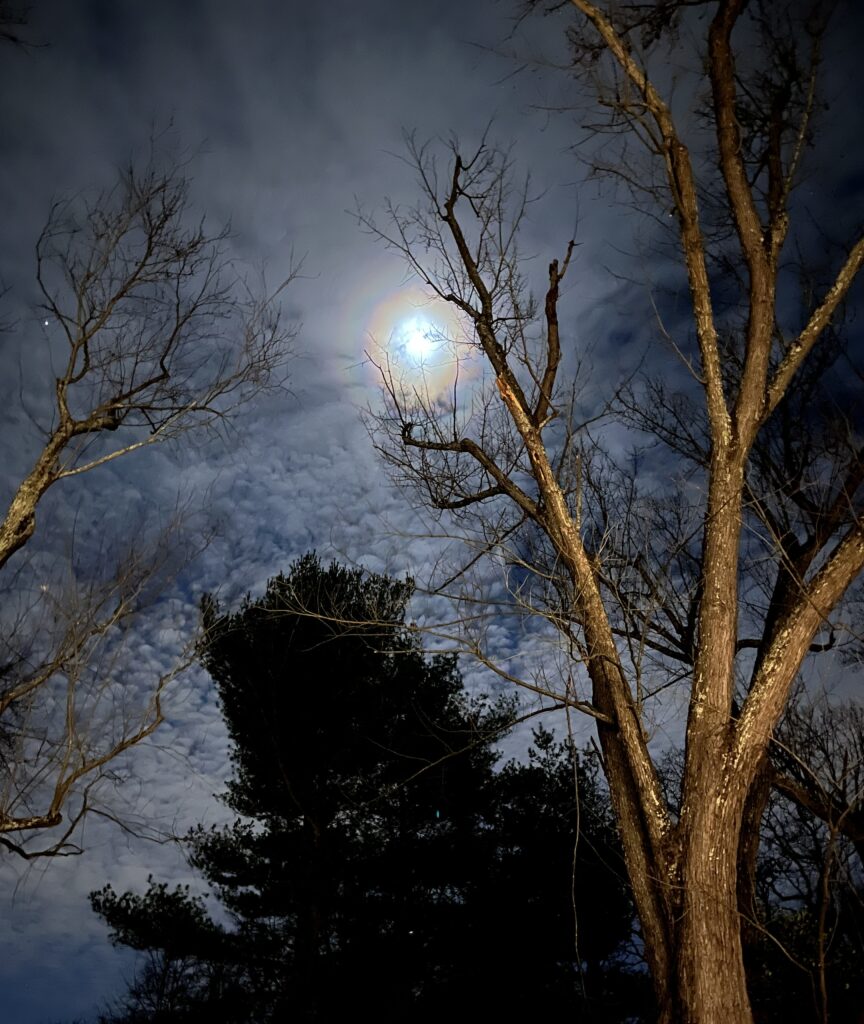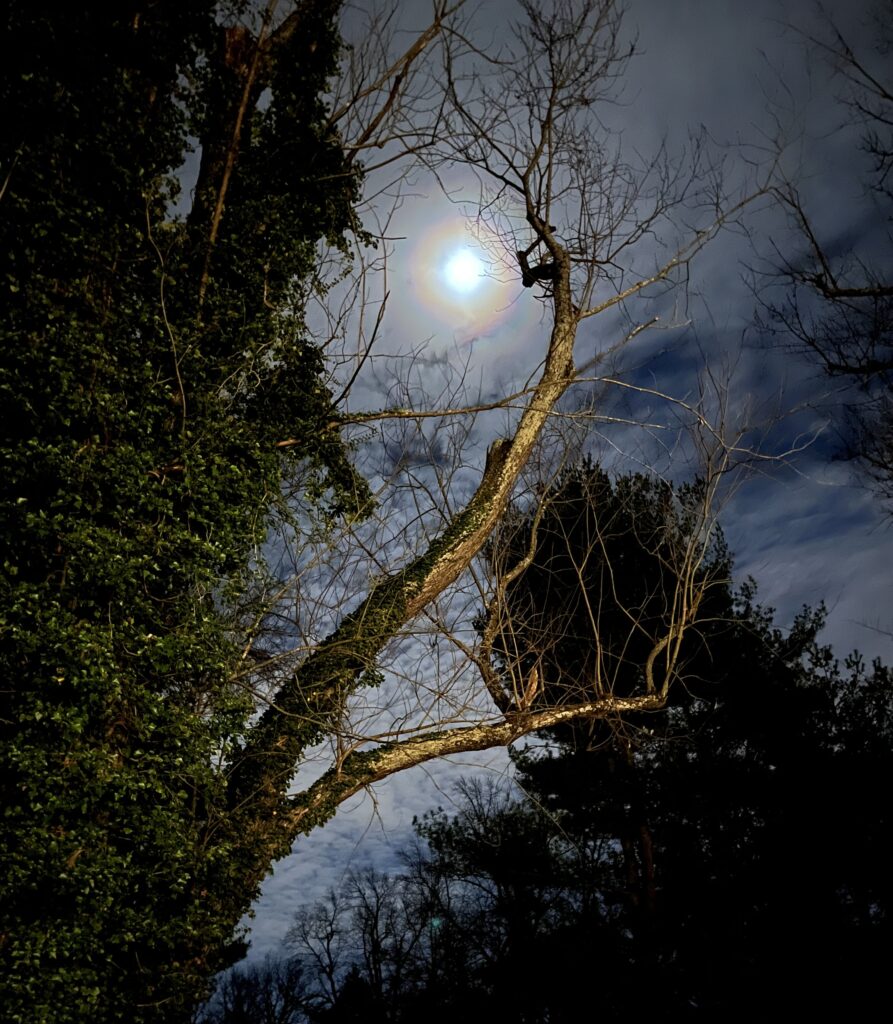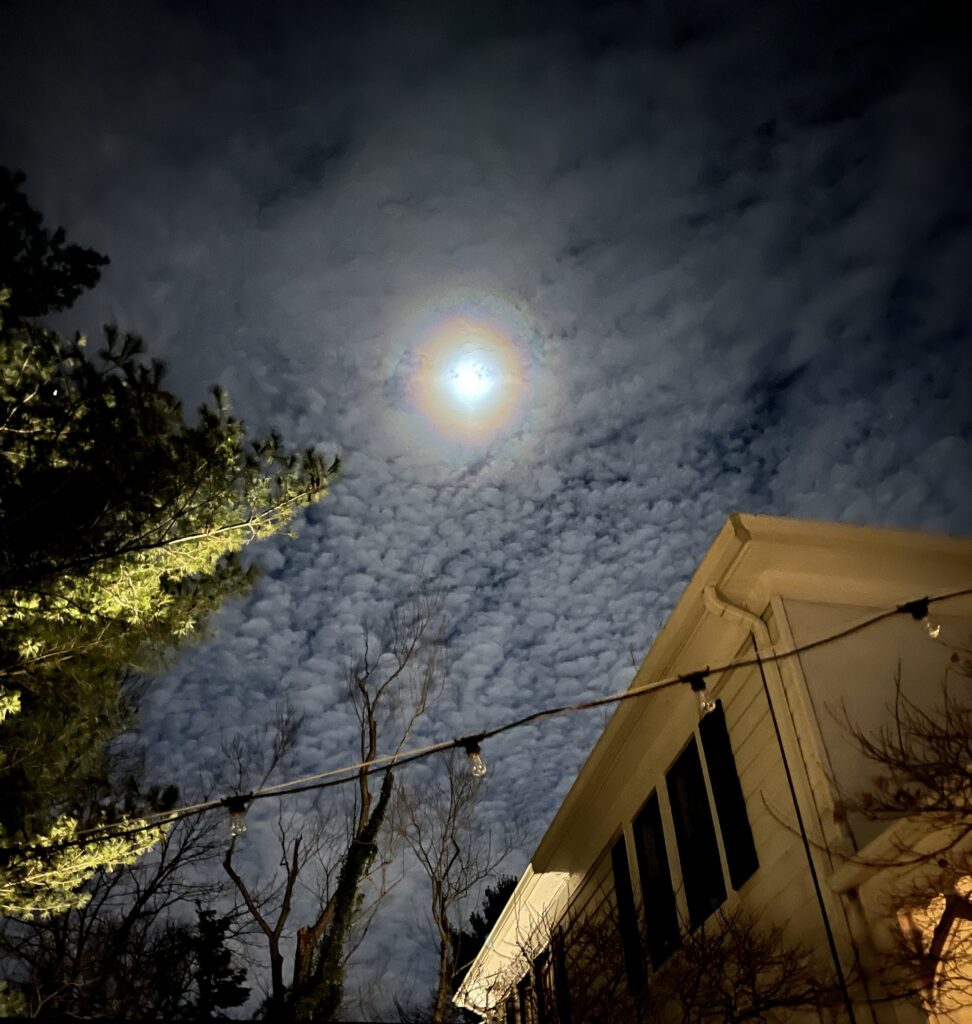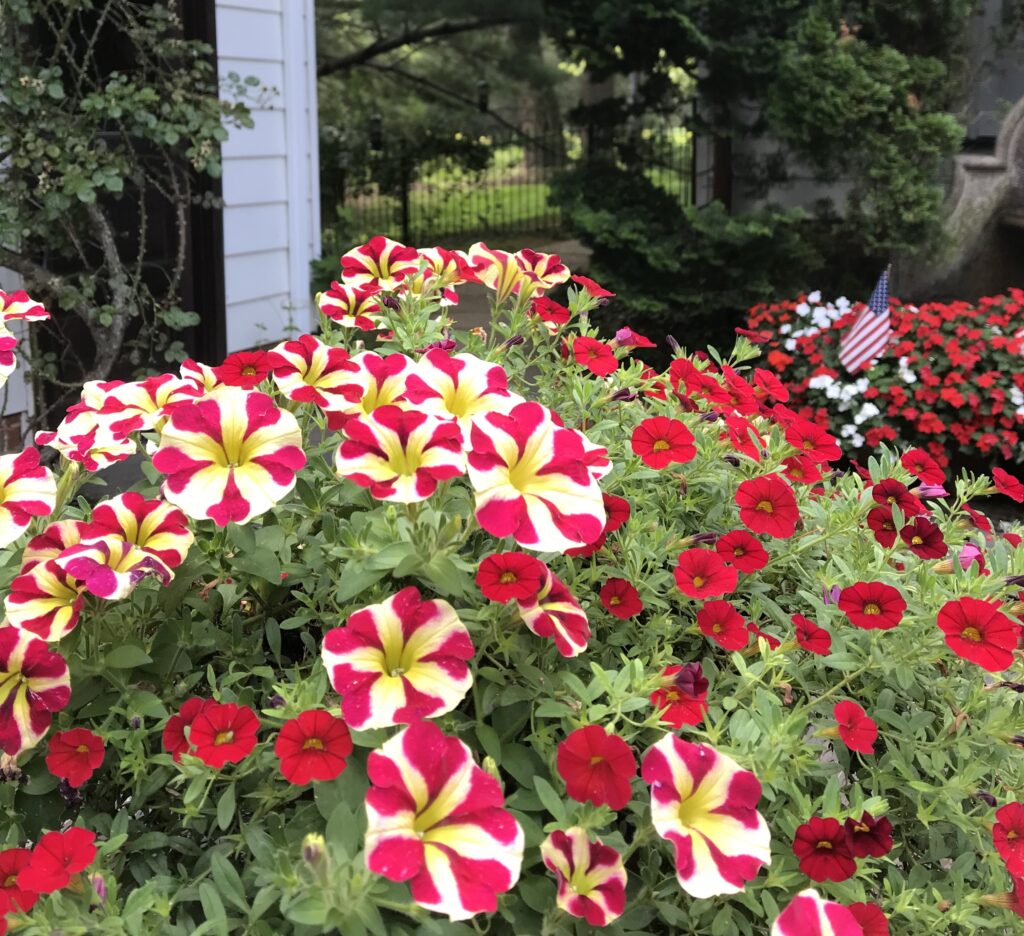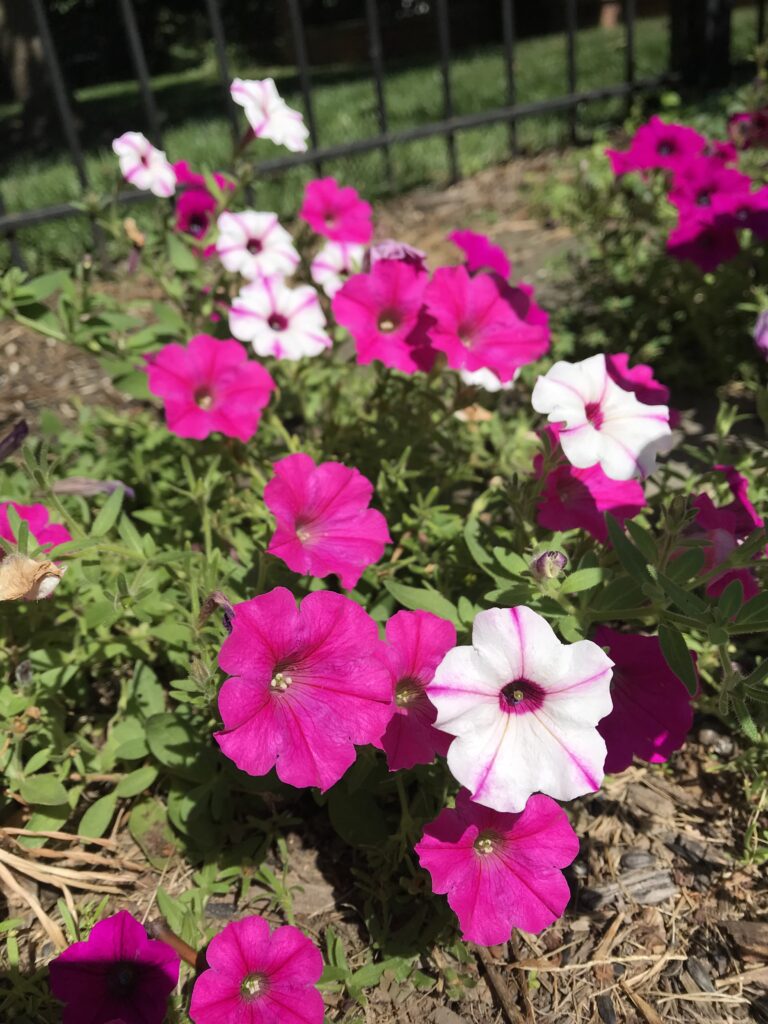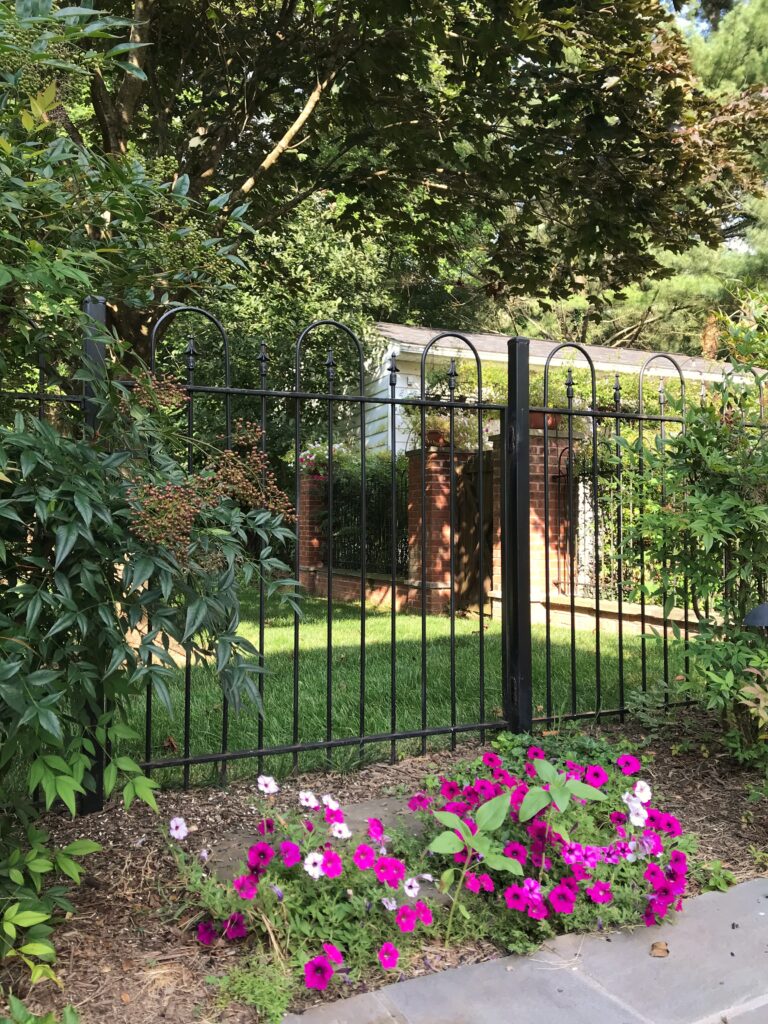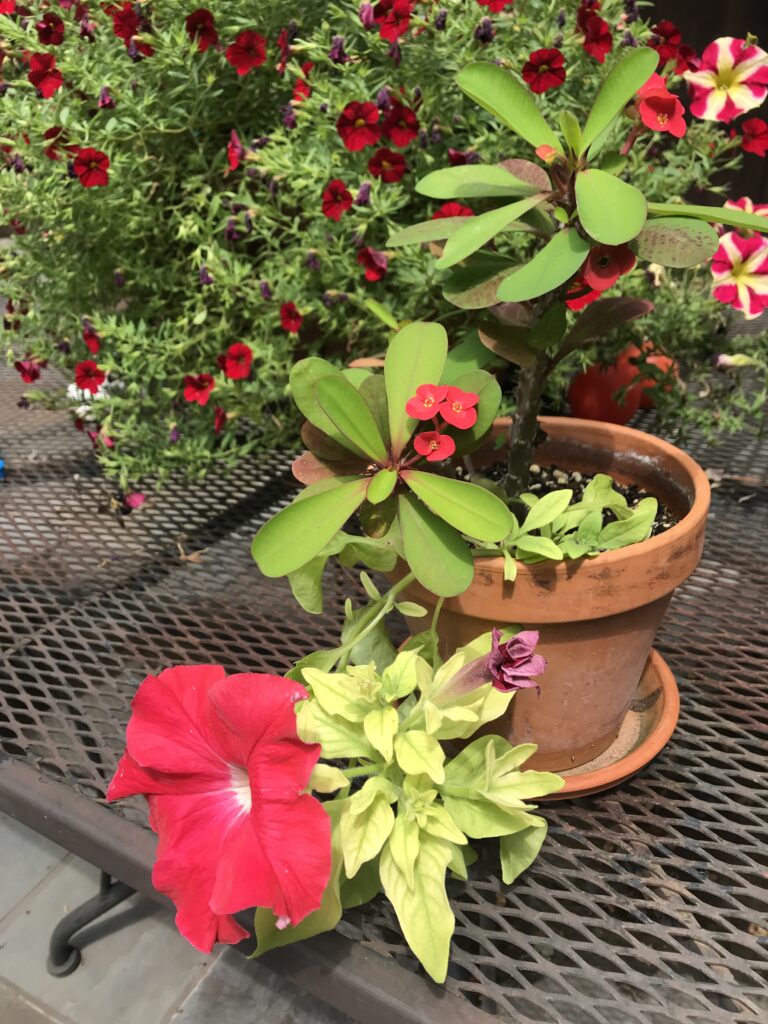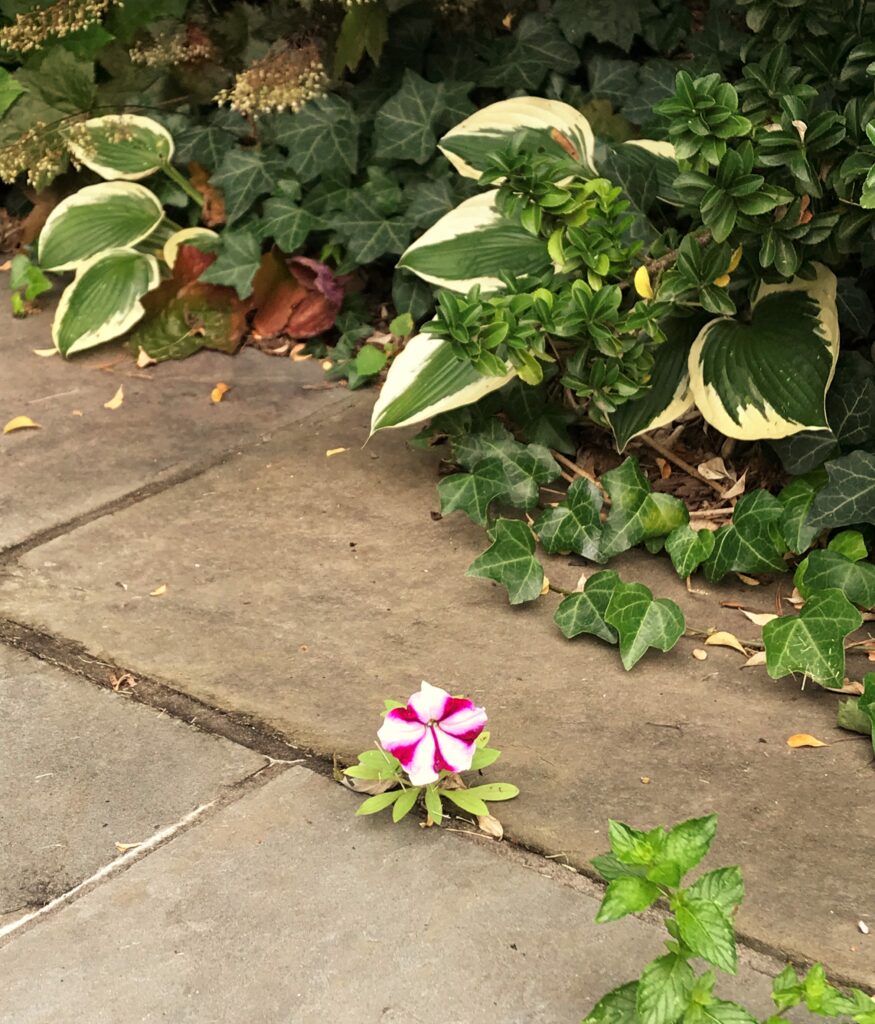We’re in the midst of a gorgeous, lush spring here in Northern Virginia. Despite the perhaps more than unusually erratic temperature fluctuations, the season’s progress has been moving along at a consistent, stately pace. A fair number of rainy days have no doubt contributed to the luxuriance of flowers and foliage, and in contrast, the periods of sunshine have been all the more glorious.
Our Appalachian Red redbuds, marked by their brilliant fuchsia buds, were in peak bloom toward the end of April.
The lilac in our courtyard generously shares its delightful fragrance, so that we sense its presence even when it’s out of sight.
I love these mayapples, a gift from a garden-wise neighbor. Soon after sprouting, the plants resemble closed umbrellas. The leaves then unfurl, forming a flat canopy. A single white blossom grows beneath the foliage. After blooming, a small apple-like fruit forms, and its weight causes the plant to bow down toward the ground. Box turtles are attracted by the scent, and they spread the seeds (in their poop) along the forest floor. Like other native spring ephemerals, the mayapple is a humble beauty that may be easily overlooked.
Our azaleas, on the other hand, have been boldly emphatic in color and bloom.
Local Kwanzan cherry trees, past their peak, shower the ground below with their pink petals.
This towering jacaranda tree is an unusual one for our neighborhood. A native of South America, it bursts forth in late April with big clusters of fragrant lavender flowers, trumpet-shaped. Its seed pods break into neat halves, each resembling a small boat.
The edges of our courtyard and walkway abound with purple and white violets, bunched together like small, perfect bouquets.
So many of nature’s spring treasures, high above and on the ground below, are there for the seeking. I try to let each one remind me that even when so much of the world is caught up in conflict, animosity and division for its own sake, there is goodness, all around.
Let’s remember to search for, and to savor that goodness. And, when we can’t find it, maybe we need to embody it, to be and share that goodness. It abides with us, no matter what.

